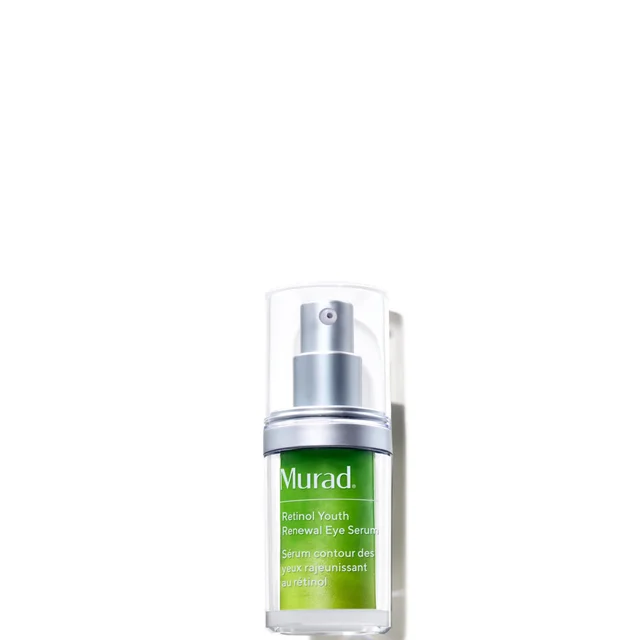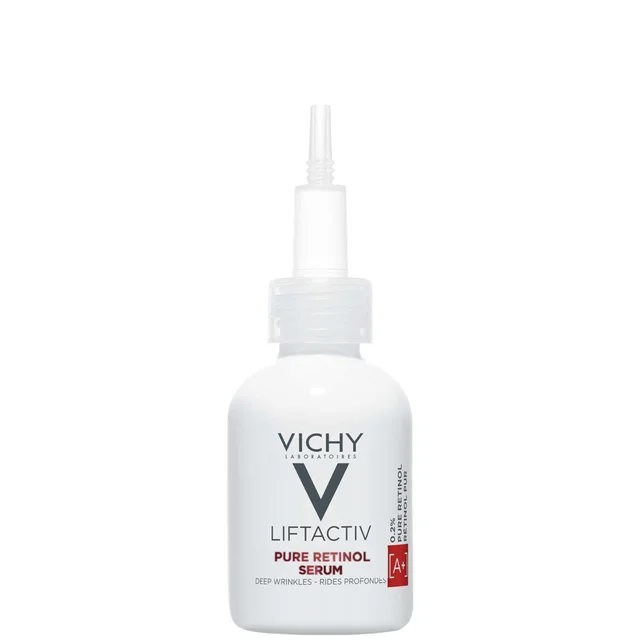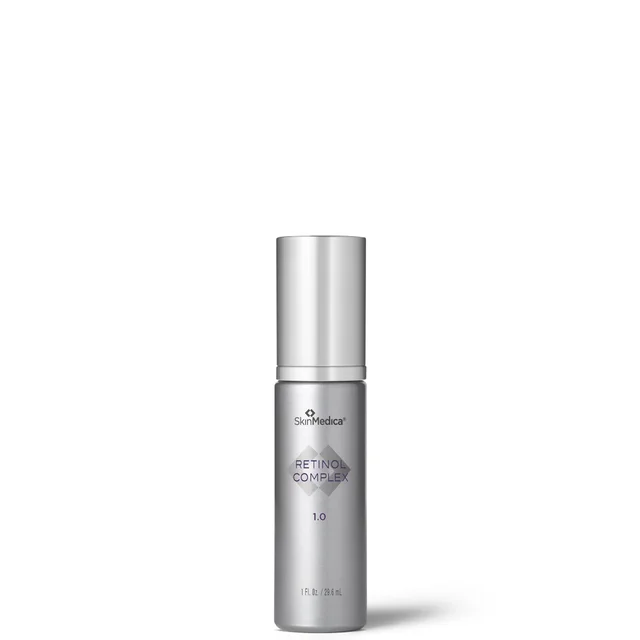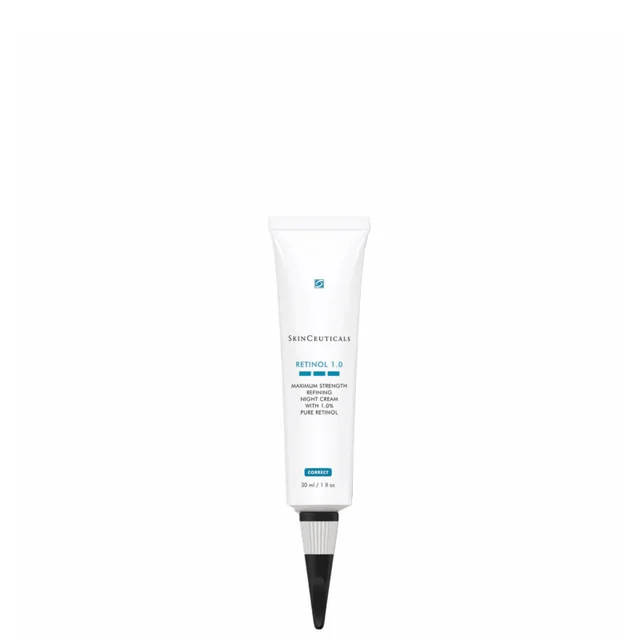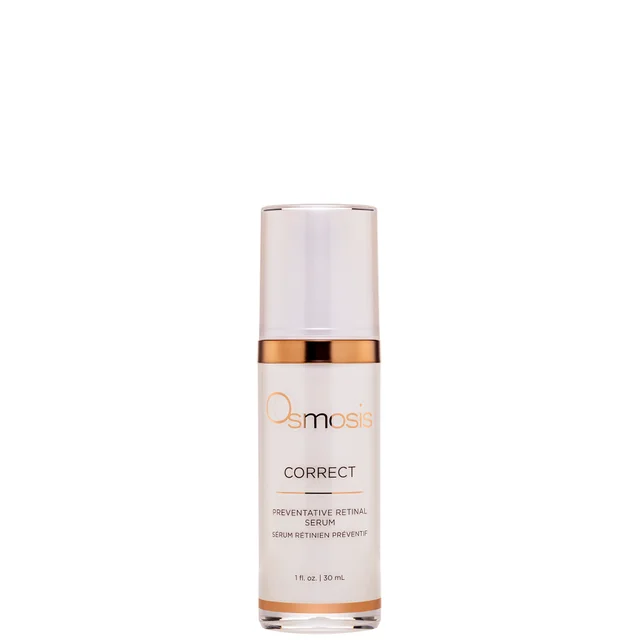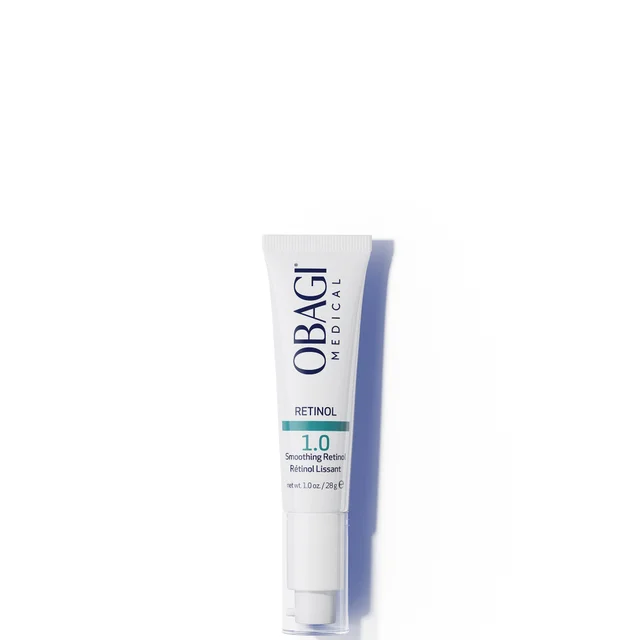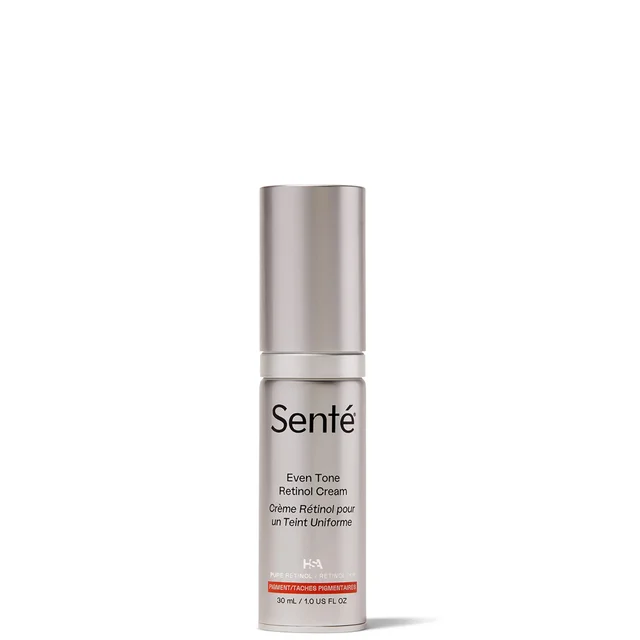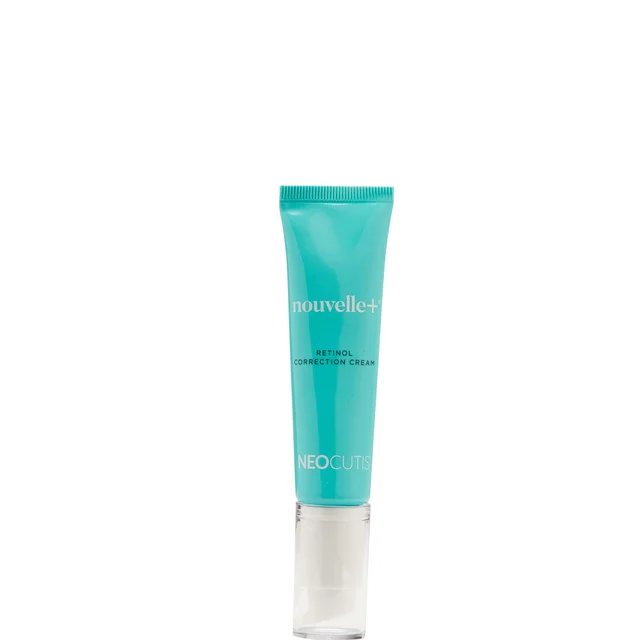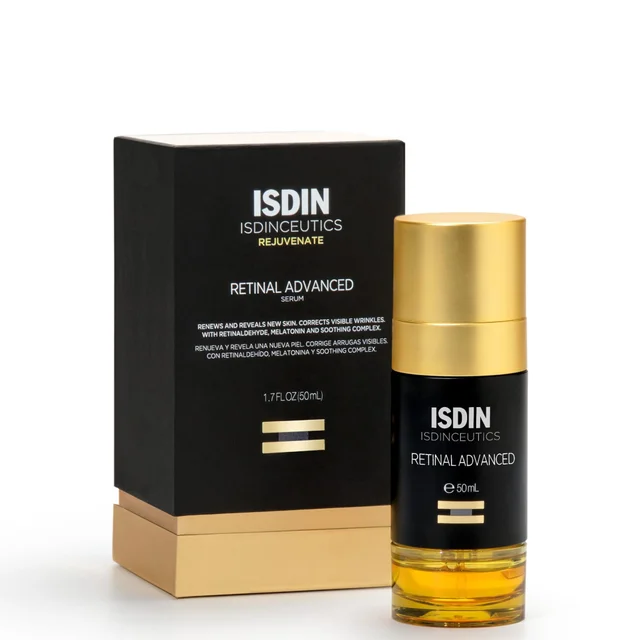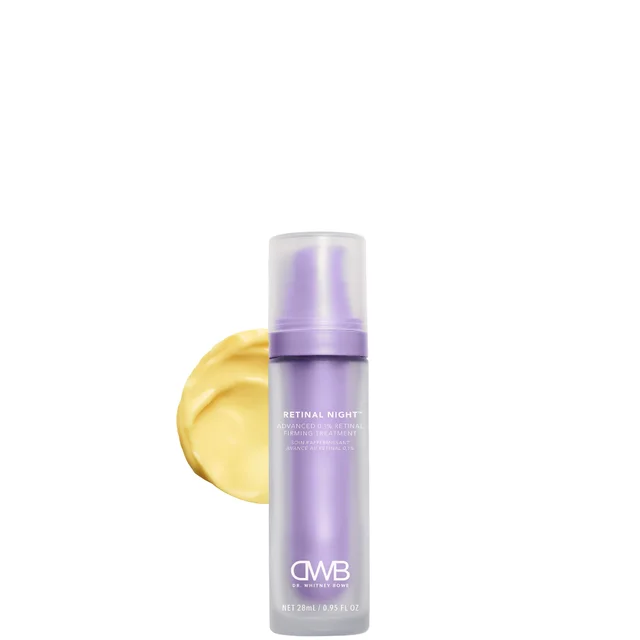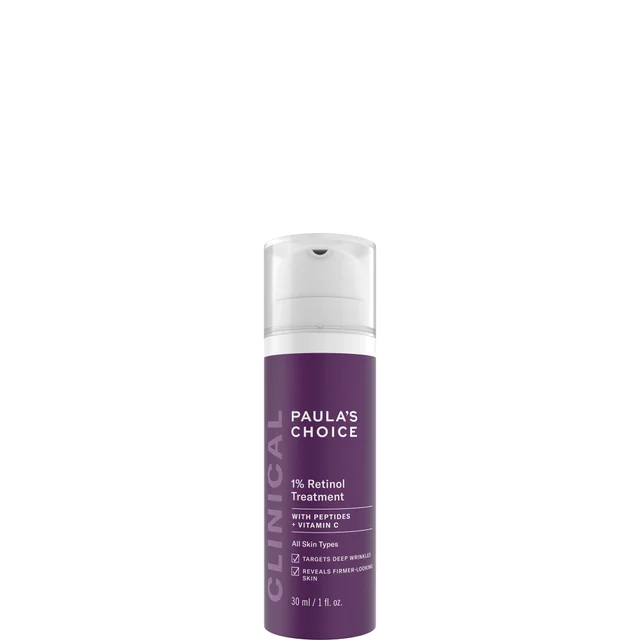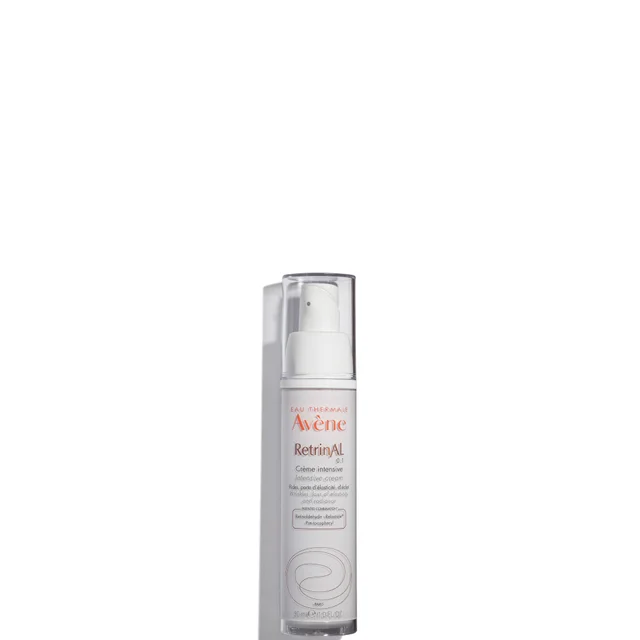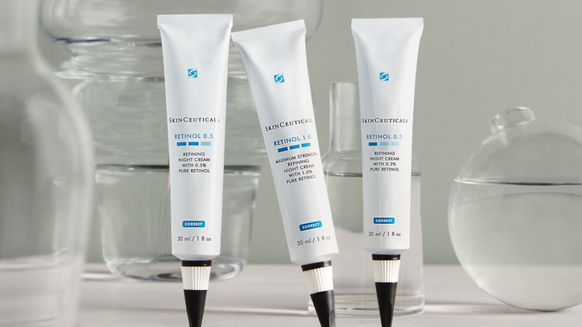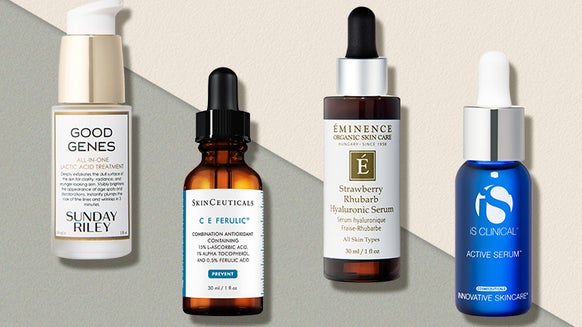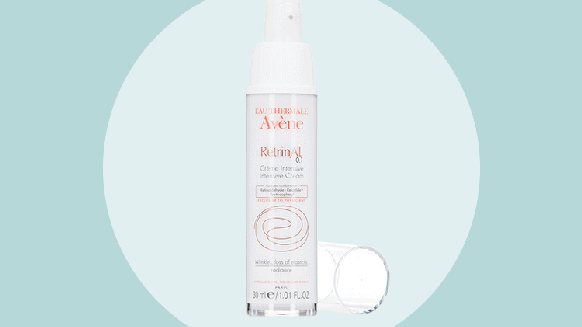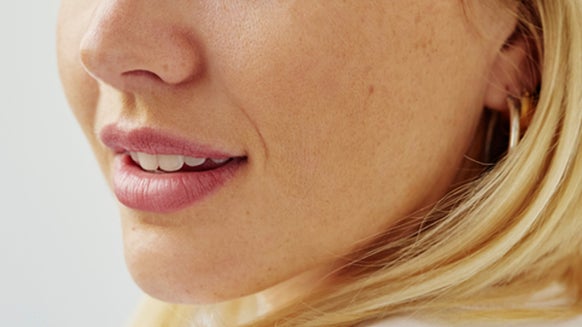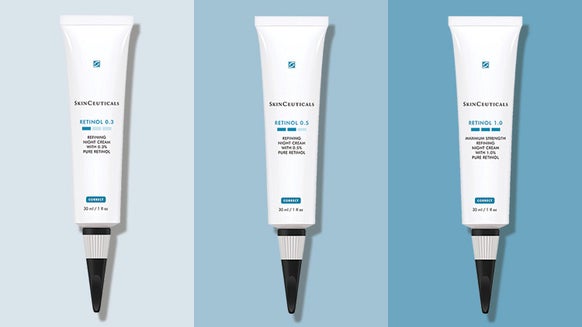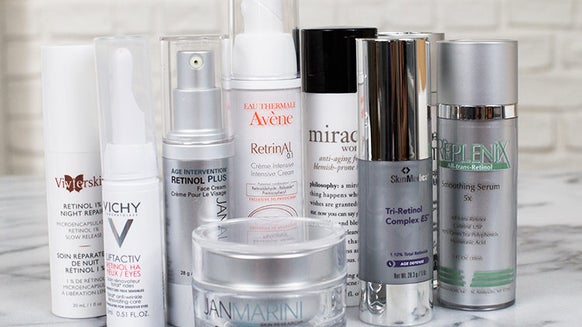The 15 Best Retinol Creams and Serums of 2025, Hands Down
One of the most prized anti-aging skincare ingredients is retinol. Beloved by dermatologists and aestheticians, retinol is unlike other anti-aging ingredients since it offers a bevy of skin benefits that make a significant difference, from stimulating new collagen to fighting wrinkles and even eliminating acne. Yet, despite all the good vitamin-A-derived ingredient offers, sifting through the world of retinol options to find the best retinol creams and the best retinol serums is no easy task. That's why we did the work for you, bringing you the 15 best retinol creams and serums that really deliver.
What is Retinol?
Retinol is part of the vitamin A family, which counts other similar ingredients, such as retinoids, retinoic acid, retinaldehyde, and tretinoin, in the category. Retinol, which is an over-the-counter version of vitamin A, tends to be on the weaker end of the spectrum compared to its prescription counterparts.
There are many uses for retinol, ranging from smoothing out lines and wrinkles, brightening dark spots, stimulating collagen, and even improving the look of acne. Retinol works by speeding up skin cell turnover to improve collagen production. Applying retinol, either as a serum or cream, to the skin causes skin cells to divide, which brings new skin cells to the surface. As more new skin cells hit the outermost layer of skin, the dead skin cells shed off, allowing exfoliation to occur.
Retinol Serum vs. Retinol Cream
The best retinol creams and serums come in various strengths, ranging from 1% on the higher end to 0.25%, which is a much lower concentration. A lower concentration of retinol is better for more sensitive skin types and retinol newbies, as it allows the skin to acclimate to the ingredient before dialing it up. A higher concentration is usually a good starting point for oily and thicker skin types.
When deciding between a retinol cream and a retinol serum, it's best to make your selection based on your skin type. Lighter-weight serums are easier for oily and acne-prone skin to absorb. Plus, they are more liquid in texture, so there's less chance of them clogging the pores. On the other hand, drier skin tends to benefit more from a retinol cream, which may contain added hydrating ingredients, a major plus for this skin type.
Shop the Best Retinol Serums and Creams
1. Murad Retinol Youth Renewal Eye Serum
Retinol for the eyes? Yes, it's a thing. This eye serum helps ward off the look of aging eyes thanks to its retinol tri-active technology, which softens the appearance of fine lines, wrinkles, and crow's feet while brightening the area around the eyes.
Beauty Insider Tip: Apply this eye serum morning and night on the eye area and the eyelids.
2. Vichy LiftActiv Pure Retinol Serum for Deep Wrinkles
This powerful, pure retinol serum works hard to reduce the look of even the deepest wrinkles while smoothing and firming the skin and brightening dark spots.
Beauty Insider Tip: To get the best results from this serum, start slowly and work up to nighty use after one month.
3. SkinMedica Age Defense Retinol Complex 1.0
Packed with 1% retinol, this skin-improving complex improves elasticity, smoothes the skin, and helps reduce the appearance of acne scars, age spots, and wrinkles.
Beauty Insider Tip: Since this retinol is on the higher end, it's better suited for skin already acclimated to retinol.
4. SkinCeuticals Retinol 1.0 Maximum Strength Refining Night Cream
This nighttime retinol cream is a highly concentrated formula that hits hard to soften lines and wrinkles while doing away with discoloration thanks to a unique blend of 1% retinol and botanical extracts.
Beauty Insider Tip: Skin won't freak out when using this retinol serum because it contains a skin-calming blend of bisabolol and Boswellia serrata extract to comfort the skin.
5. PCA SKIN Intensive Age Refining Treatment 0.5 Pure Retinol Night
This anti-aging formula is the perfect retinol for mature and aging skin. It diminishes the look of fine lines and wrinkles while improving the skin's tone and texture.
Beauty Insider Tip: The serum adds a hydrating effect thanks to vitamin E, which blocks free radical damage.
6. Osmosis +Beauty Correct Preventative Retinal Serum
This power-packed anti-aging retinol serum features an enhanced delivery system that does not dry out the skin and a bevy of collagen stimulators and antioxidants for perfectly glowy and youthful skin with regular use.
Beauty Insider Tip: Unlike most other retinol serums, this one protects the skin barrier, too.
7. Obagi Medical Retinol 1.0
This supercharged retinol treatment works wonders for all skin types while fighting the look of environmental causes, such as premature aging so that the skin emerges more youthful looking with regular use.
Beauty Insider Tip: Besides 1% retinol, this cream contains jojoba oil and shea butter for added firmness.
8. iS Clinical Retinol+ Emulsion 0.3
This fast-acting retinol formula also features bakuchiol, a retinol alternative, to help smooth out the look of fine lines and wrinkles for a smoother-looking complexion.
Beauty Insider Tip: We like that this retinol cream contains encapsulated bio-identical lipids, which ensures a slow and steady dose of the ingredient without overwhelming the skin.
9. SENTÉ Even Tone Retinol Cream
Retinol works wonders for lightening up discoloration, and this pure retinol cream is intended to do just that. Along with a patented Heparan Sulfate Analog, it also stimulates collagen for smoother, brighter skin.
Beauty Insider Tip: Always allow this retinol serum to fully absorb into the skin before the next step of your skincare routine.
10. Neocutis NOUVELLE Retinol Correction Cream
Perfect for pigmented and aging skin, this retinol cream helps to firm the skin and even out areas of discoloration for smoother skin with an even skin tone to match it.
Beauty Insider Tip: You can skip applying moisturizer with this retinol cream since it contains hydrating vitamin E and bisabolol to soothe any irritation.
11. ISDIN Isdinceutics Retinal Advanced Dual-Phase Night Serum with Retinaldehyde
This dual-phase retinol-based face serum contains two versions of retinol to gently exfoliate the skin and stimulate skin cell turnover, leaving it looking and feeling visible smoother and softer with fewer wrinkles.
Beauty Insider Tip: Always apply sunscreen during the day when using this serum to prevent the skin from becoming sun sensitive.
12. Dr. Whitney Bowe Beauty Retinal Night Advanced 0.1% Retinal Firming Treatment
From the queen of skin cycling comes this retinal firming serum, which helps minimize wrinkles and fine lines for bouncy, more youthful-looking skin.
Beauty Insider Tip: To reap the benefits, apply just a pea-sized amount of this retinol treatment to the skin—no more, no less.
13. Paula's Choice CLINICAL 1% Retinol Treatment
If stronger, firmer skin with improved elasticity sits high on your wish list, look no further than this rich retinol cream, which also hydrates and absorbs into the skin fast.
Beauty Insider Tip: This retinol cream contains vitamin C for added skin brightening and smoothing benefits
14. Dr. Brandt Triple Active Retinol Gentle Overnight Renewal Cream
This retinol cream is packed with a trifecta of retinol to smooth and brighten the skin. It brightens, eliminates wrinkles, and moisturizes the skin without irritating or desensitizing it.
Beauty Insider Tip: For an added boost of hydration, apply a layer of your favorite moisturizer, then this retinol cream, and another layer of moisturizer.
15. Avène Retrinal 0.1 Intensive Cream
Whereas most retinol creams don't double as a moisturizer, this anti-aging one does. With a high concentration of vitamin A, this advanced cream minimizes the appearance of unwanted wrinkles to take years off your skin.
Beauty Insider Tip: To keep the neck in tip-top shape, apply this cream to it at night, too.
FAQs
How to Choose the Best Retinol Product for Your Skin
According to Dr. Heather D. Rogers, a board-certified dermatologist in Seattle, Wash., retinol comes in multiple strengths; the most common are 1%, 0.5%, 0.3% and 0.25%. If your product doesn’t specify the percentage of retinol on the label, it usually means the concentration is weaker than 0.25%. This may not give you the full benefits of retinol. “Studies suggest you need to use at least 0.25% retinol or 0.025% tretinoin to be effective, so I recommend using a product that specifies the percentage,” Dr. Rogers explains.
How to Use Retinol for Best Results
When used correctly and consecutively, retinol has been shown to deliver results—brighter, smoother skin—in as little as four weeks. However, some people find retinol too harsh on their skin, so they discontinue the treatment before they even see any results.
Retinol products are best used at night after washing and drying your face, adds Dr. Rogers. If it’s your first time using retinol, here’s the best way to start:
First one to two weeks: Apply just two nights in the evenings each week.Next two weeks: Apply it every 2nd night.After 4 to 6 weeks of use: You should have a good idea of how your skin is tolerating it. If it’s tolerating well, increase usage to nightly application.After 8 to 12 weeks: Once skin’s tolerance is built up after about 8 to 12 weeks, it is fairly easy to use nightly. Decrease usage anytime you need to.
A Few Pro Tips to Prevent Irritation
Doing a skin patch test can help alleviate your concerns about using retinol, especially if you have highly reactive skin. To do this, Dr. Rogers suggests putting a dab just underneath your jaw and waiting for 48 hours before trying it on your face. If your skin starts to get dry, irritated or flaky, stop using the retinol. Wait for your skin to return to normal before trying again with less product.
The Bottom Line
Within a few months of consistently using retinol, signs of aging like wrinkles, dark spots, and fine lines become less noticeable. Overall, the skin's tone and texture improve, too, giving it a healthier, glowier, more youthful complexion. When choosing a retinol product for the first time, it’s best to start with the lowest concentration before moving up. Another thing to consider is your skin type

Elise Minton Tabin is an award-winning beauty journalist, editor, and beauty expert with more than 16 years of experience. She previously held the title of Executive Beauty Editor at NewBeauty magazine, where she reported on beauty, plastic surgery, anti-aging, health and wellness. She was also instrumental in the launch of the beauty supplement brand Hush & Hush. A self-professed beauty junkie and retinol and sunscreen pusher, Elise knows what’s new, what works and who’s the best to go for every procedure under the sun. Follow Elise on Facebook, Instagram, and on her beauty blog, elisetabin.com
